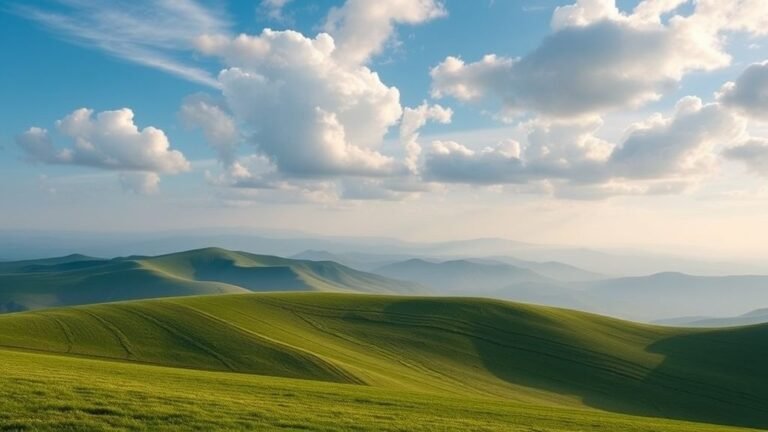Dramatic Video Shows Towering Lava Plumes Erupting from Hawaii’s Kīlauea Volcano

Dramatic Video Shows Towering Lava Plumes Erupting from Hawaii’s Kīlauea Volcano
Kīlauea, one of the most active volcanoes on Earth, has erupted once again.
The well-known volcano has been producing intermittent lava fountains since late last year. On May 25, it unleashed its most powerful burst yet — sending a plume of molten rock soaring over 300 meters (1,000 feet) into the air.
The dramatic event was captured live by the United States Geological Survey (USGS). This marks Kīlauea’s 23rd eruption since December 2024, and the largest so far.
Kīlauea’s latest eruption lasted just over six hours. It began at 4:15 pm (Hawaii-Aleutian Standard Time), with thin streams of lava spewing from the northern vent. What started as occasional bursts soon turned into continuous, powerful fountains.
Within 30 minutes, the activity peaked at the north vent, with lava jets soaring up to 300 meters — the highest recorded in this event. Shortly after, a second fountain emerged from a southern vent, reaching heights of about 250 meters.
According to a USGS report, both vents produced significant lava flows that spread across nearly half of the Halemaʻumaʻu crater floor.
By 10:25 pm local time, the eruption had subsided, and both vents had returned to a quieter state.
Fortunately, all recent eruptions have been confined to Hawaiʻi Volcanoes National Park on the Big Island. However, nearby communities are still at risk from volcanic emissions.
The ash plume from Kīlauea’s May 25 eruption rose over 1,500 meters into the air, carrying fine particles of volcanic glass and rock. According to USGS scientists, the main hazard comes from volcanic gases, which can travel with the wind and potentially cause respiratory problems if concentrations are high.
The eruption also produced thin strands of volcanic glass known as “Pele’s hair,” which can irritate the skin and eyes when carried by the wind.
While the volcano has quieted down for now, it remains active, with explosive episodes occurring roughly once a week. There are no signs yet of a larger eruption building, but another lava outburst is expected in the near future.





